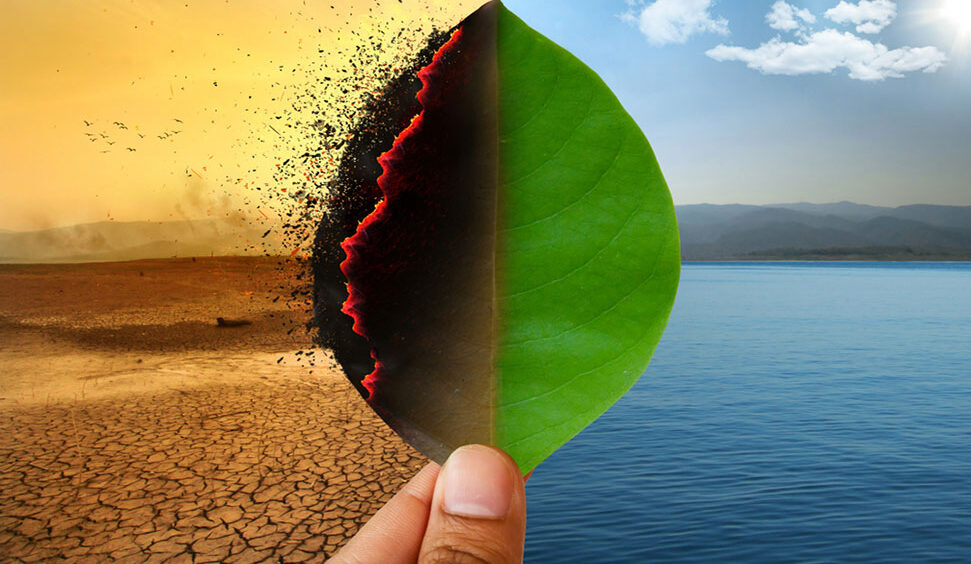Study Warns Climate Change Could Render India and the Indus Valley Uninhabitably Hot for 2.2 Billion People

Humans can only withstand certain combinations of heat and humidity before their bodies begin to experience heat-related health problems, such as heat stroke or heart attack. As climate change pushes temperatures higher around the world, billions of people could be pushed beyond these limits
Climate change could expose up to 2.2 billion people in India’s Indus Valley and Pakistan to many hours of heat that surpass human tolerance by the end of the century, according to new study.
The study, published in the journal Proceedings of the National Academy of Sciences (PNAS), found that if global temperatures increase by 1 degree Celsius (C) or more than current levels, each year billions of people will be exposed to heat and humidity so extreme they will be unable to naturally cool themselves.
Researchers from the Penn State College of Health and Human Development, Purdue University College of Sciences and Purdue Institute for a Sustainable Future in the US found that warming of the planet beyond 1.5 C above preindustrial levels will be increasingly devastating for human health across the planet.
Humans can only withstand certain combinations of heat and humidity before their bodies begin to experience heat-related health problems, such as heat stroke or heart attack. As climate change pushes temperatures higher around the world, billions of people could be pushed beyond these limits, they noted.
Since the start of the industrial revolution, when humans began to burn fossil fuels in machines and factories, temperatures around the world have increased by about 1 C. In 2015, 196 nations signed the Paris Agreement which aims to limit worldwide temperature increases to 1.5 C above pre-industrial levels.
The team modelled global temperature increases ranging between 1.5 C and 4 C — considered the worst-case scenario where warming would begin to accelerate — to identify areas of the planet where warming would lead to heat and humidity levels that exceed human limits.
“To understand how complex, real-world problems like climate change will affect human health, you need expertise both about the planet and the human body,” said W. Larry Kenney, professor at Penn State and co-author of the new study.
The ambient wet-bulb temperature limit for young, healthy people is about 31 C, according to work published last year by Penn State researchers.
However, in addition to temperature and humidity, the specific threshold for any individual at a specific moment also depends on their exertion level and other environmental factors, including wind speed and solar radiation.
In human history, temperatures and humidity that exceed human limits have been recorded only a limited number of times — and only for a few hours at a time — in the Middle East and Southeast Asia, according to the researchers.
Results of the study indicate that if global temperatures increase by 2 C above pre-industrial levels, the 2.2 billion residents of Pakistan and India’s Indus River Valley, the one billion people living in eastern China and the 800 million residents of sub-Saharan Africa will annually experience many hours of heat that surpass human tolerance.
These regions would primarily experience high-humidity heatwaves. Heatwaves with higher humidity can be more dangerous because the air cannot absorb excess moisture, which limits sweat evaporates from human bodies and moisture from some infrastructure, like evaporative coolers.
The researchers said these regions are also in lower-to-middle income nations, so many of the affected people may not have access to air conditioning or any effective way to mitigate the negative health effects of the heat.
If warming of the planet continues to 3 C above pre-industrial levels, the researchers concluded, heat and humidity levels that surpass human tolerance would begin to affect the Eastern Seaboard and the middle of the US — from Florida to New York and from Houston to Chicago. South America and Australia would also experience extreme heat at that level of warming.
At current levels of heating, the researchers said, the US will experience more heatwaves, but these heatwaves are not predicted to surpass human limits as often as in other regions of the world. Still, the researchers cautioned that these types of models often do not account for the worst, most unusual weather events.
(Inputs from PTI)





































































































































































































































































































































































































































































































































































































































































































































































































































































































































































































































































































































































